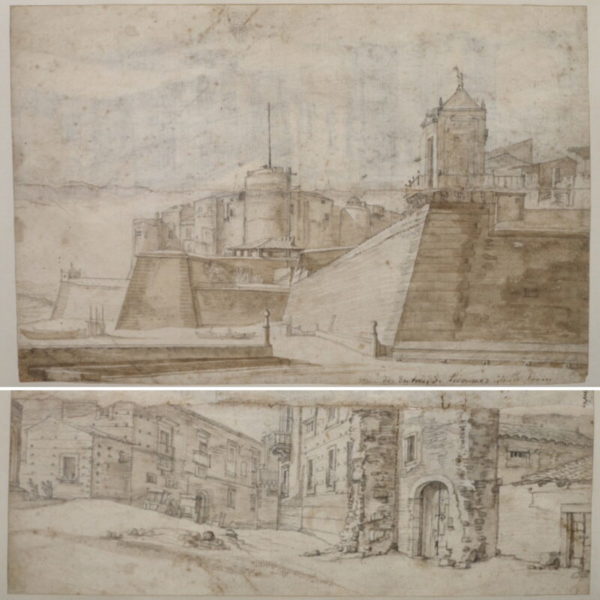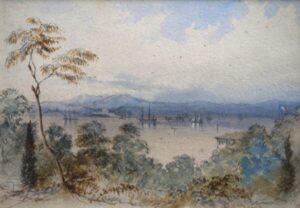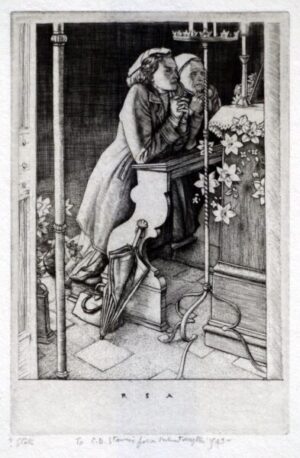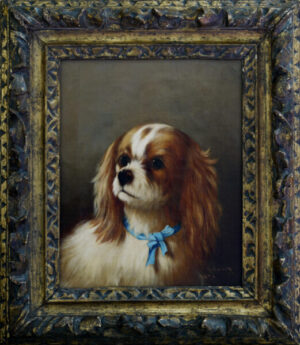Description
The city of Livorno flourished under the Medici family, who turned it into a flourishing port. In the late 16th century Livorno was officially given the status of a city and the architect Bernardo Buontalenti designed the city as an ‘ideal town’ with a population of 20,000 and a port that could hold 300 ships.
At the end of the 16th century, Ferdinand I made an offer to merchants from all over the World. Ferdinand invited them to live and work in Livorno, offering special privileges and other incentives to do so. The largest group of people to move were Jewish, but there were also Spaniards, Russians, Muslims, English, French, Dutch, Greek, Portuguese, and many more.



